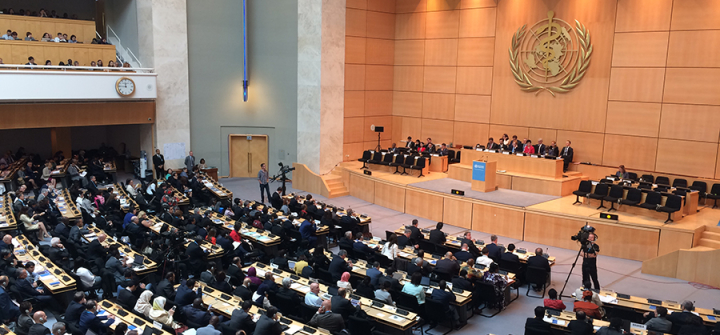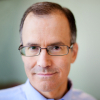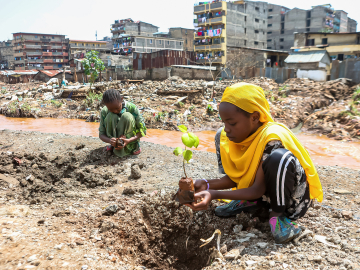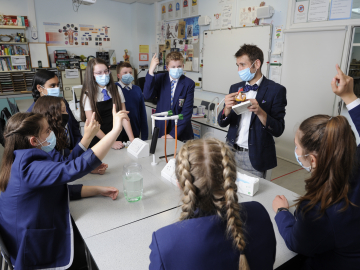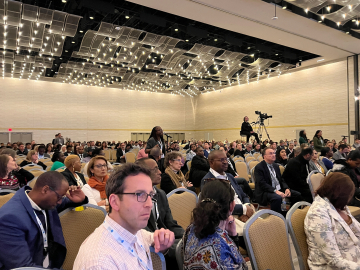Inside the WHO Director-General Election
GENEVA – Though puffs of white smoke won’t be used to signal a decision, Tuesday’s election of Director-General of WHO has all the secrecy and drama of a Papal conclave.
Having wrapped up their globetrotting campaigns, the 3 finalists—Tedros Adhanom Ghebreyesus, David Nabarro and Sania Nishtar—have one last pitch to make to the member states on Tuesday morning to the 70th World Health Assembly. Each has just 15 minutes to make his or her closing arguments, which will be webcast.They will determine the order of proceedings by drawing lots. There will be no questions and answers.
Then it will be up to the delegates. Each member state has one vote, giving countries like Tuvalu or Nauru the same say as China or Germany in the secret ballot.
Here’s how the process will play out, according to the WHO’s DG election process and a document obtained by Global Health NOW:
Following the candidates’ presentations and a lunch break, the assembly will reconvene for the first ballot. If a candidate receives two-thirds of the votes, he or she will become the next DG.
If no candidate receives two-thirds of the votes, then the candidate with the least votes is eliminated. The final 2 candidates move on to the second ballot with a two-thirds majority again required. There will be no breaks between rounds of voting.
If no candidate scores such a “clear and strong majority,” the voting moves to a third ballot, which requires only a majority of WHO’s member states. Thus with 194 member states of the WHO, a majority requires 98 votes. (Note: If any members have had their voting privileges suspended, they will still be counted as a member state and help determine the number required for a majority.) In case of a tie, the voting continues.
The election will be conducted in secret. Members have been advised to “respect the integrity, legitimacy and dignity of the proceedings” and not record the proceedings or try to influence other members. The process should go smoothly as delegations were scheduled to conduct a practice vote on Friday.
After the election, the Assembly will consider a draft resolution appointing the new DG and a draft contract. Immediately after that, the new DG will be presented in an open meeting, give a brief address and take the oath of office.
The transition to the new DG, who will serve a 5-year term, begins on Wednesday. The new DG officially takes office on July 1, 2017—that’s when the WHO’s new era officially begins.
Join the thousands of subscribers who rely on Global Health NOW summaries and exclusive articles for the latest public health news. Sign up for our free weekday enewsletter, and please share the link with friends and colleagues: Subscribe to GHN
The Seventieth World Health Assembly. Image by Brian W. Simpson

